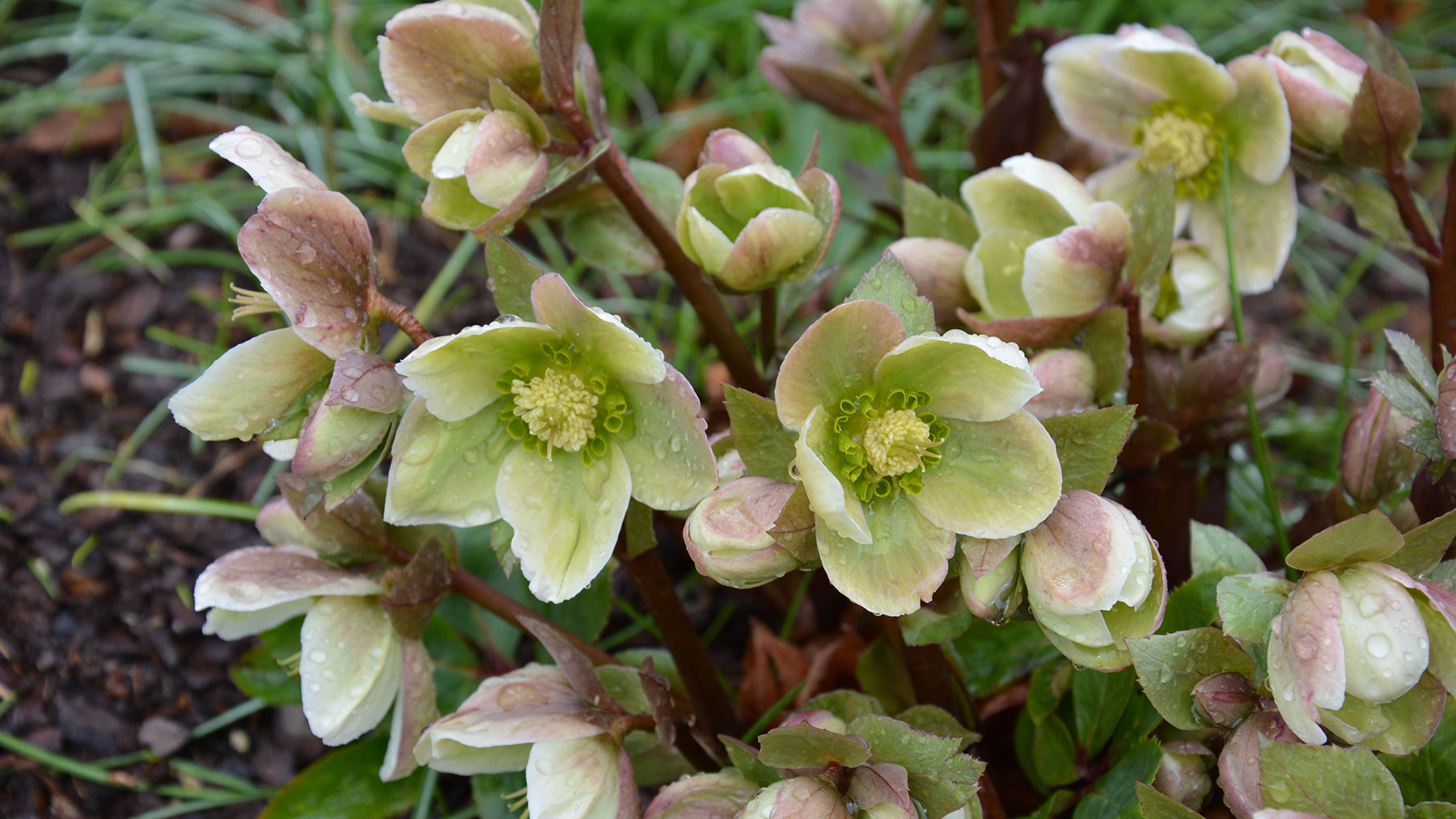
Slugs are the bane of my life in the garden. Eating hostas, chewing on fern leaves and feasting on my pole beans. They are persistent pests. And when the weather is wet they would cheer if they could, as it’s the perfect time for them to slither along more slippery surfaces to discover food sources.
Slugs can quickly get to work munching through a mountain of leaves, leaving a trail of destruction in their path while making you feel depleted as your hard work planting a flower border or vegetable patch is destroyed.
There are many ways to deter slugs and snails from your yard, including being clever with what you plant. When combined with other slug control methods, planting slug-resistant plants can act on two levels — preventing slugs from attacking your plants and giving your yard added interest.
Here, with the help of plant retailer Crocus, we take a look at 5 slug-resistant plants to protect your yard from being attacked.
How to know what to plant
Choosing the best plants to repel slugs can be a minefield when you’re surrounded by a myriad of options at a plant nursery. However, time spent researching what plant characteristics deter pests will be well spent.
Crocus says, “It’s best to choose plants that are naturally resistant to slugs due to their tough, hairy or aromatic foliage, which slugs find difficult to navigate or unappetizing.”
The right plants can create a natural barrier to prevent slugs eating their way through your yard without resorting to harsher methods that could harm the ecosystem.
1. Alchemilla mollis
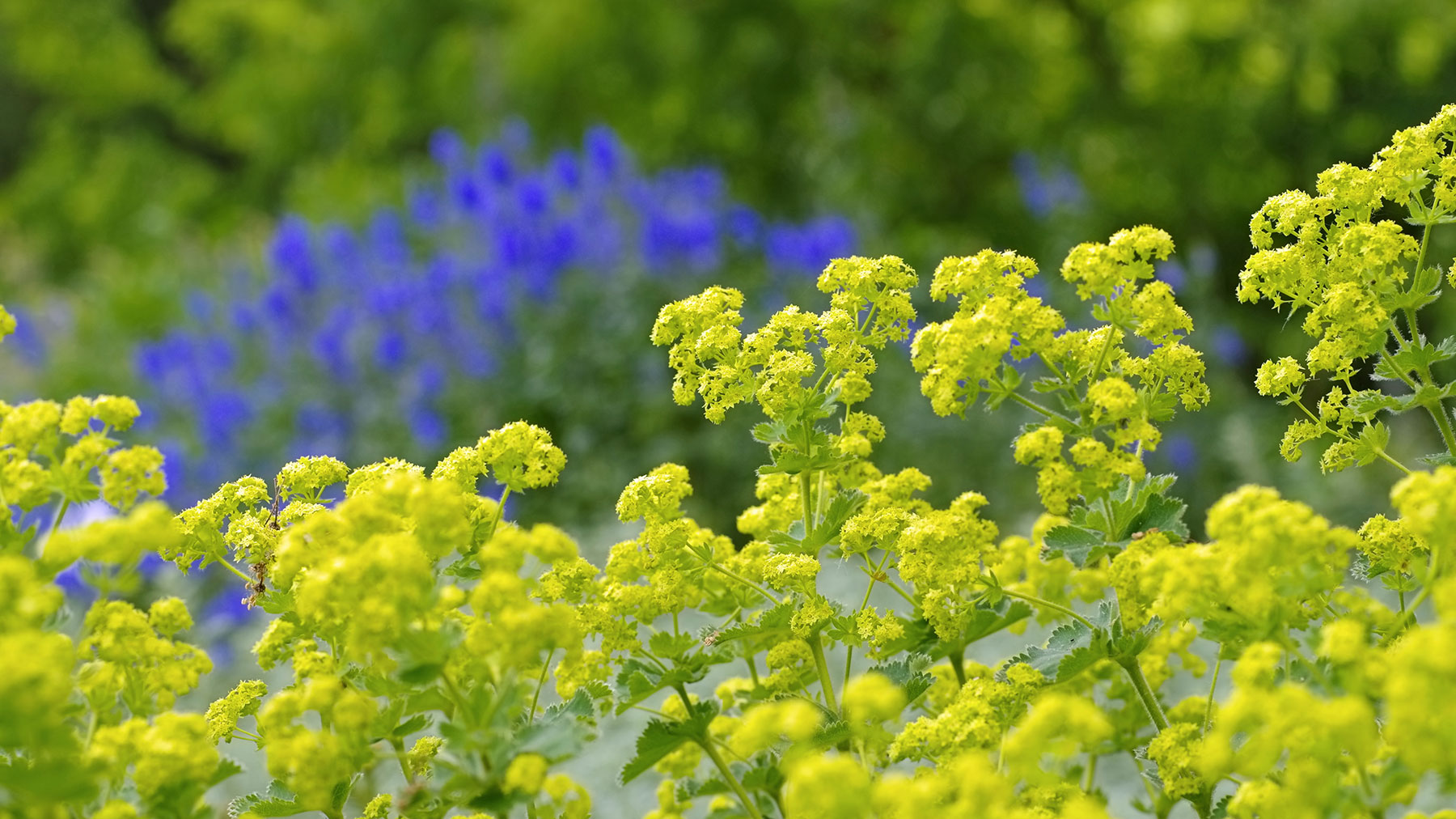
Alchemilla mollis, commonly known as Lady’s Mantle, is a herbaceous perennial often grown as an ornamental. Crocus describes it as having “Soft, hairy leaves that form attractive mounds, with chartreuse flowers in late spring to early summer.”
But what makes it unattractive to slugs? “The hairy texture of the leaves deters slugs, making it difficult for them to traverse and feed on the plant,” says Crocus.
This beautiful specimen has vibrant light green leaves and flowers that form delicate clusters. It looks stunning at the front of a border against the edge of a path or when used as ground cover.
Alchemilla mollis thrives in partial shade to full sun and well-drained soil.
Planting Zone: 3-8
2. Lavandula angustifolia
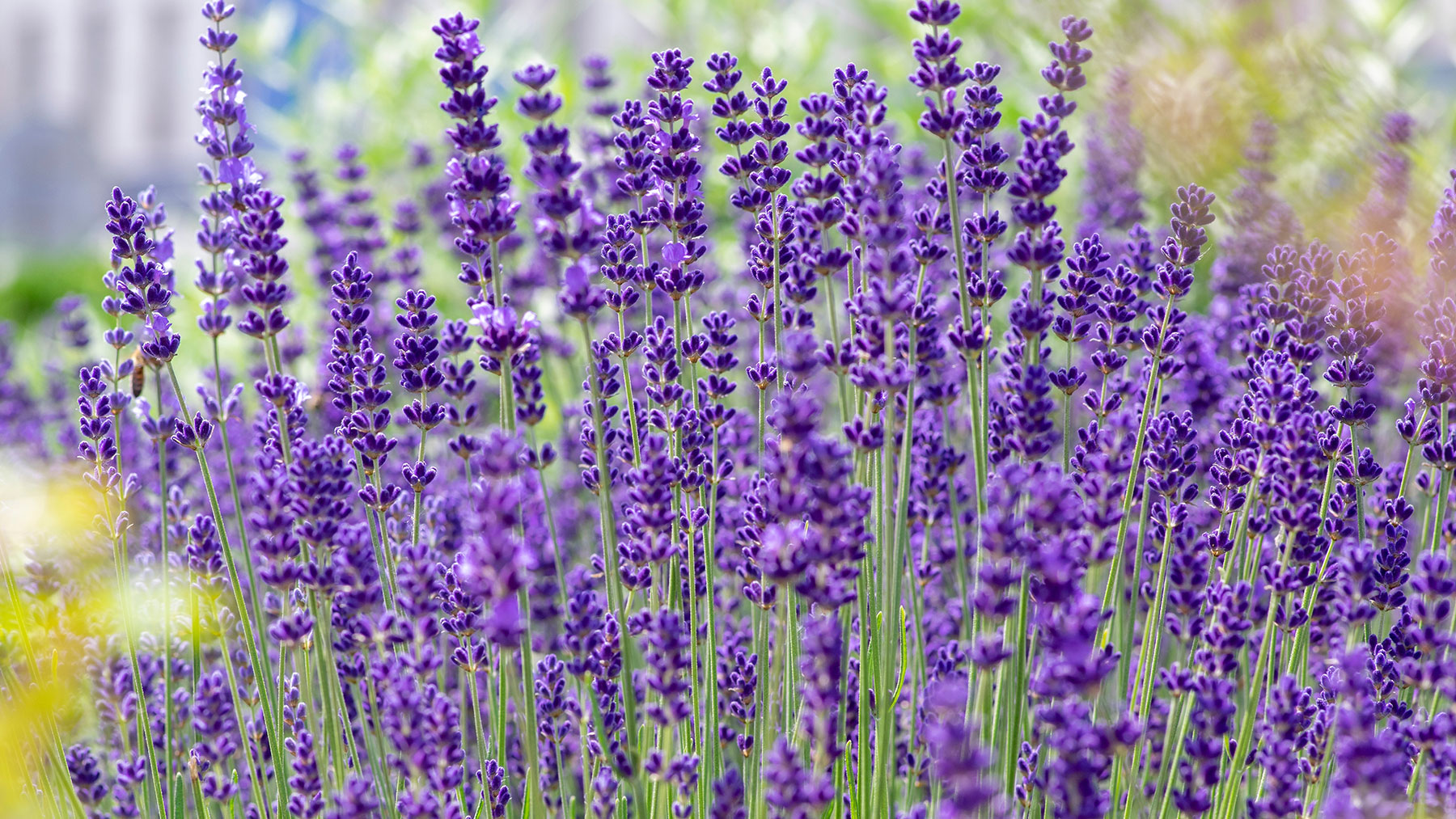
Lavandula angustifolia, English lavender, is a favorite among gardeners for its aromatic fragrance. It’s one of many plants that attract butterflies and other pollinators to our yards. English lavender a perennial shrub with narrow leaves and spikes of fragrant purple flowers, and is hardier than Spanish varieties.
Crocus says, “The strong fragrance and tough, aromatic leaves make it unappealing to the slugs, who tend to avoid plants with strong scents and coarse foliage.”
It will perform best in full sun and well-drained soil.
Planting Zone: 5-10
3. Heuchera
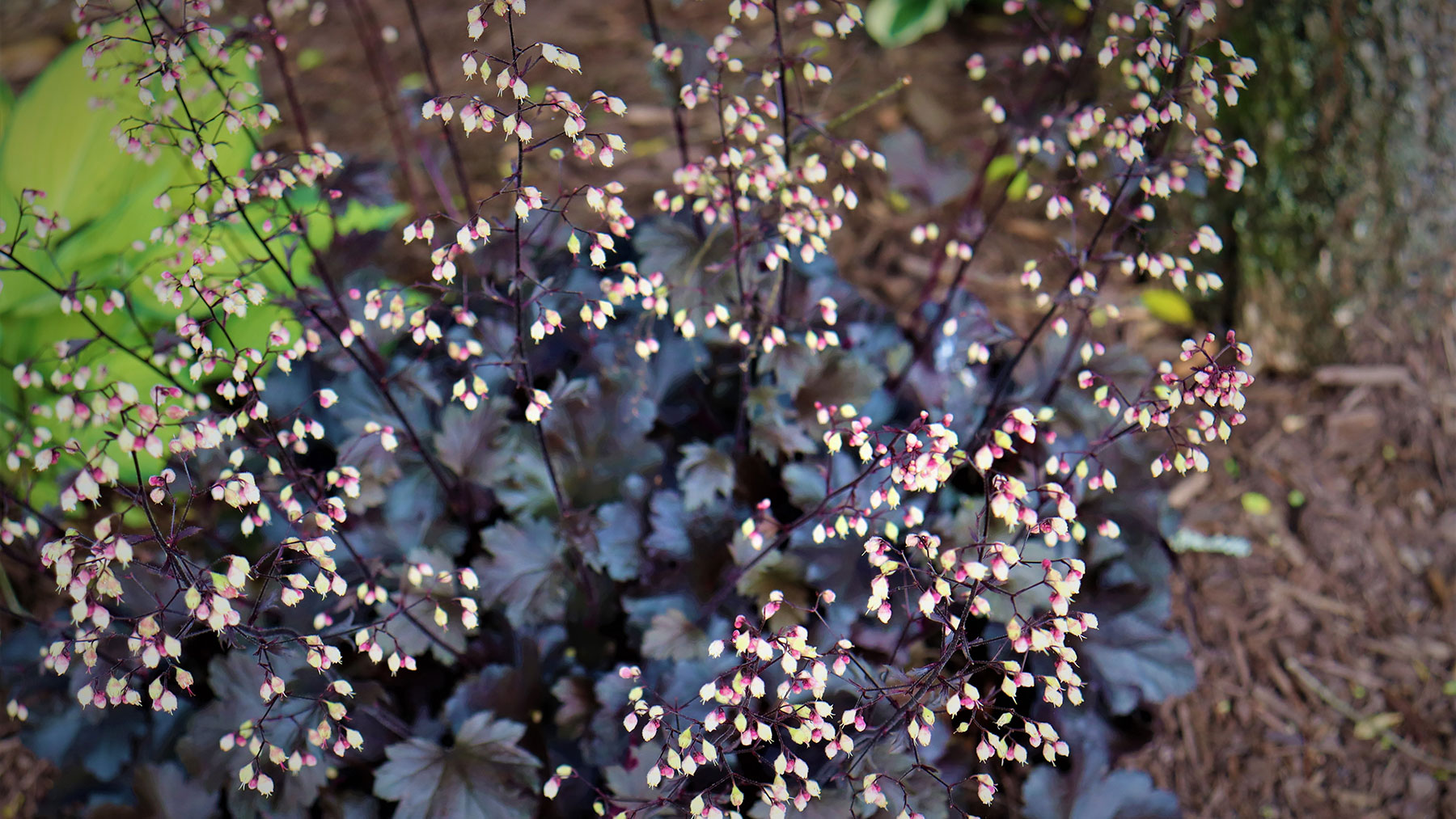
Heuchera, Coral Bells, is a herbaceous perennial known for its beautiful foliage. I have a couple in my garden and admire their delicate, spiky flowers that extend from the compact scalloped leaves. They are also available in an array of colors, so you can enjoy anything from silver blue-gray to pink, peach and deep plum foliage.
But what is it about these late spring to summer flowering plants that slugs detest? “The thick, leathery leaves are less palatable to slugs, providing a natural defence against them,” explains Crocus.
Heuchera thrives in partial shade and well-drained soil.
Planting Zone: 4 to 9
4. Helleborus
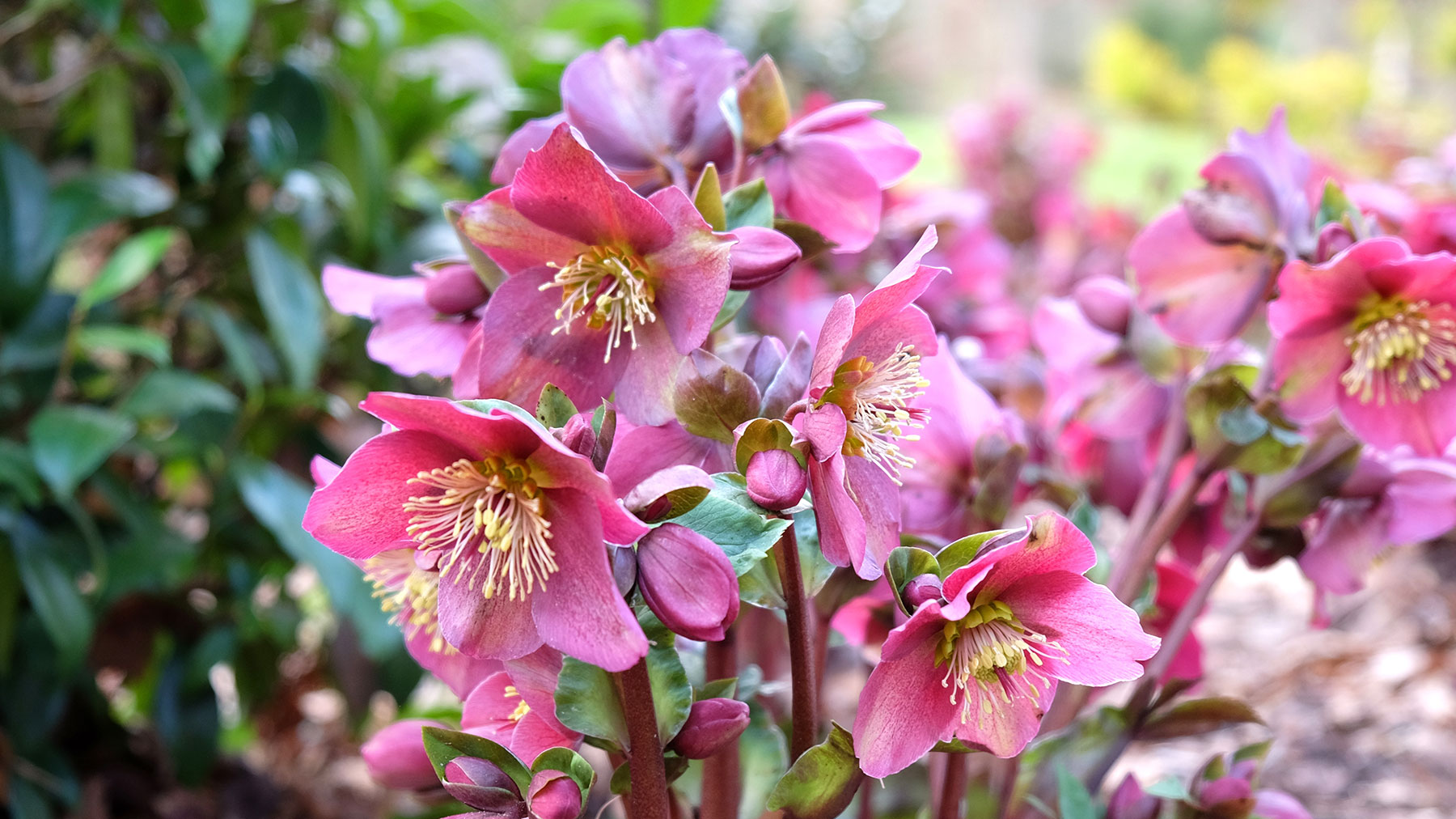
The delicate nature of the flowers on Helleborus, commonly known as hellebores, makes you question what could possibly turn slugs away.
What makes these perennial plants stand out, apart from their glossy, evergreen foliage, is their elegant cup-shaped flowers that appear in late winter to early spring. They come in creamy white and green through to pink and deep purple, with many having delicate spotting or veining within the blooms.
While we may admire the flowers, slugs detest the foliage. “The tough, leathery leaves and toxic sap deter slugs, making them less likely to feed on these plants,” says Crocus.
Hellebores prefer partial to full shade and well-drained soil.
Planting Zone: 3-9
5. Pulmonaria
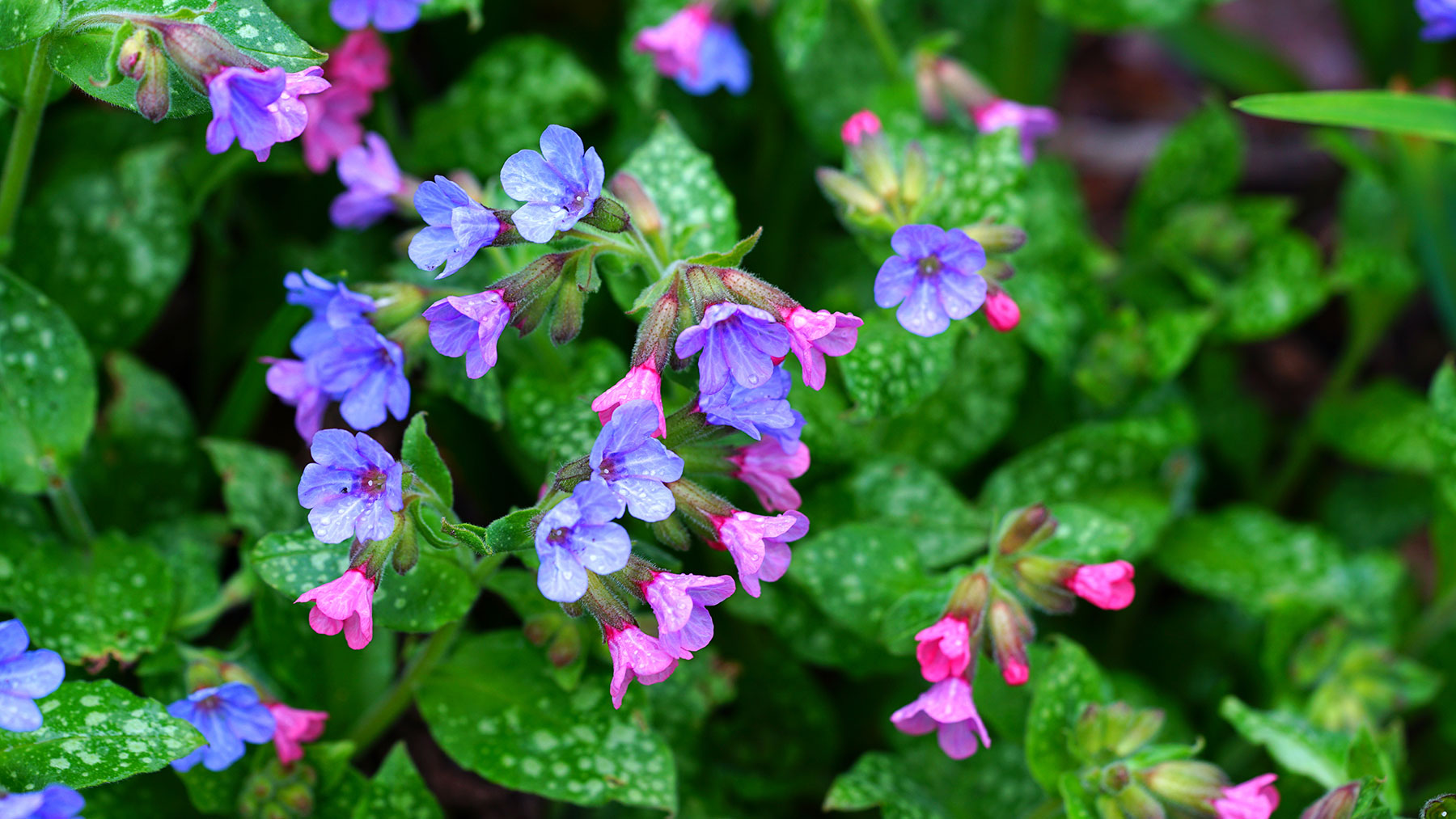
Pulmonaria, also known as Lungwort, is an early spring flowering perennial. Once the pink, blue, or white bell-shaped flowers fade, the showy foliage takes over. The oval or heart-shaped leaves can be speckled or variegated and exhibit a clump-forming and low-growing habit.
However, for slugs, the leaves aren’t such a treat. “The hairy leaves and slightly toxic properties of Pulmonaria make it unappealing to slugs,” says Crocus.
Lungwort thrives in partial to full shade and moist, well-drained soil.
Planting Zone: 3-9







